More than 500 years ago, with an open cultural mindset, Lord Nguyen and the people of Quang took full advantage of the geographical location, creating a bustling era of East-West trade. Accordingly, Quang cuisine was born, closely associated with commercial activities, spiritual culture - beliefs, and daily life culture of the people until today.

Interaction and refinement in cuisine
In Hoi An, the Chinese and Japanese have contributed a lot to the richness of Hoi An culture, from spiritual culture, culinary culture, behavioral culture... to political life and literature and art. But on the other hand, they have almost completely Vietnamized, quickly and unusually deeply.
And one of the most important features of Vietnamization is that they “integrated” into the long-standing tradition of Vietnamese village culture. Hoi An at that time was both a bustling urban area like an “international market” and a unique trading village.
With the contribution of Chinese - Japanese culinary culture that has been Vietnamized, it has significantly contributed to the diversity of Quang cuisine such as cao lau, wonton, banh bao - banh vac, xi ma, banh ú tro, banh to...
In addition, Quang cuisine in particular or Vietnam in general is greatly influenced by Western culinary culture, and especially by France. A characteristic of which is beef culinary culture. And today, we have many famous beef dishes such as: beef pho, beef noodle soup, Cau Mong roasted veal...
As the Vietnamese moved along the coast to the area later known as Dang Trong, they discovered for themselves a Cham culture that was both familiar and strangely fascinating.
To survive and develop, Lord Nguyen knew how to synthesize strength by developing a more homogeneous society from different ethnic groups thanks to the Vietnamization of some economic, social and cultural activities of the local population, that is, the Cham people.
The Vietnamese have absorbed and Vietnamized many aspects from the Cham people, from economy (such as maritime economy), culture - music (such as ba trao, melodies, ho...), language, administrative management (taxes), agriculture - fisheries and cuisine.
We see the amazing similarity between the Champa Mother Goddess belief and the Vietnamese Mother Goddess worship. The Mother Goddess is the important person who combines and creates the new cultural essence originating from the two peoples.
The Vietnamese from the Northern Delta and North Central regions brought with them the agricultural culture of sticky rice and pickled vegetables such as: banh chung, banh day, banh nep, soy sauce, pickled onions. However, when coming to a new land with a new culinary culture typical of the coastal region and a culture of rice farming, the Vietnamese adapted quickly.
Unique values
It is clear that when coming to Quang land, the Vietnamese learned from the Cham people a very important food - that is "fish sauce".
The Cham people’s fish sauce processing has reached the highest level of “science” and art. One of the characteristics of fish sauce is that it is suitable for all groups in society, from the poor to the royalty.
It can also be said that fish sauce stands at the center of Quang culinary culture, making it a rich, strong culture and at the same time bringing people closer to nature.
Many dishes and eating habits of the Vietnamese and Cham people have truly blended together, creating a new culinary cultural identity, which is the Quang cuisine culture. Examples include banh it (tapei dalik), banh trang (tapei racăm), banh duc (kadaur), banh tet (tapei anang baik)…
A typical example is banh tet. This cake is quite similar to the banh tet don (tapei anang baik) of the Cham people. It is a traditional banh chung that has been cleverly improved for people on the go, mobile, eating the first part is "tet" there, the rest can be left for several days later.
Rice paper is the same. The further south you go, the more it develops, because the most suitable material to make it is the rice of this land. Quang people also prefer mixed dishes and rolls made from rice paper.
Thin rice paper dipped in water, sometimes thick rice paper dipped in water, or thin rice paper dipped in water placed on top of grilled thick rice paper (broken rice paper), or rolled with boiled pork, grilled spring rolls, tre, steamed, braised or grilled fish with all kinds of raw vegetables.
But above all, it must be dipped in traditional fish sauce to create the flavor of Quang Nam. And Quang noodles is a dish that synthesizes an open culinary culture. People can create any kind of filling suitable for the region they live in from shrimp, crab, fish, chicken, beef, pork, eel, frog...
The west of Quang Nam is home to many ethnic minorities such as the Co Tu, Xe Dang, Co... The lives of the ethnic people are closely linked to the natural mountains and forests, upland rice fields, fireplaces, stilt houses, jars, and pots.
The culinary culture of this region is not too sophisticated, processed by grilling, boiling, smoking or seasoning with spices such as wild pepper, roasted leaves... creating the original flavor typical of the mountains and forests. Some dishes can be mentioned such as buffalo croissant, bamboo rice, mountain chicken, black pork, smoked dried meat, rock snails, stream fish, wild vegetables, rice wine...
Source



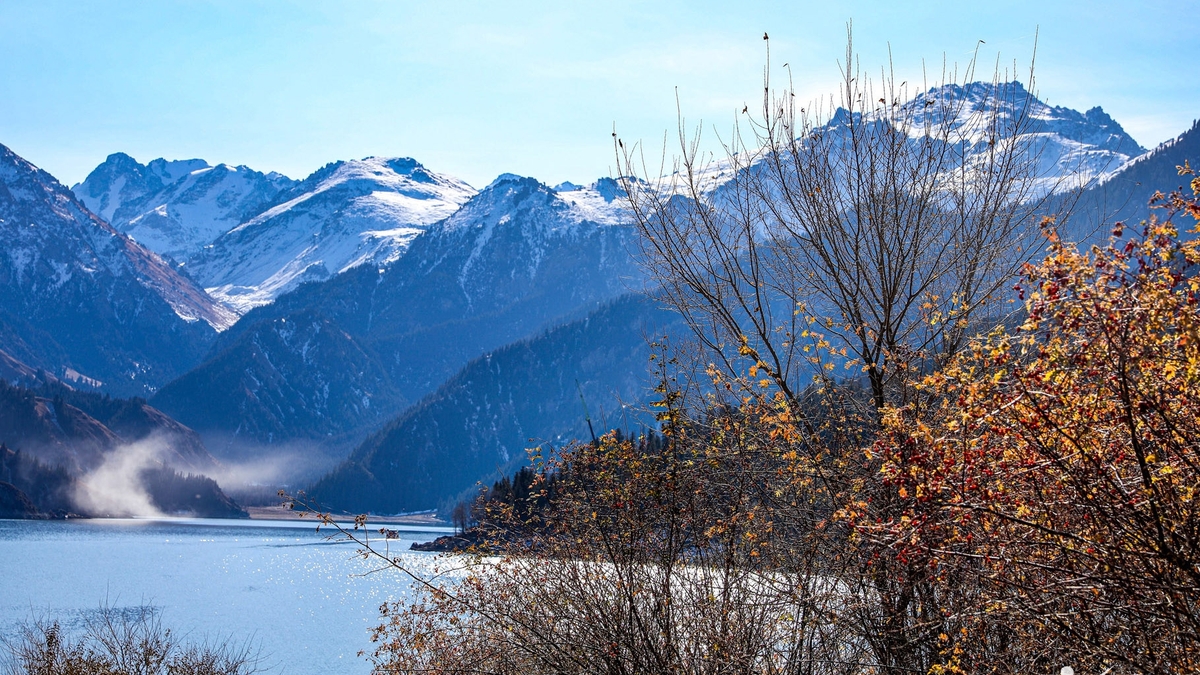



![[Photo] Cutting hills to make way for people to travel on route 14E that suffered landslides](https://vphoto.vietnam.vn/thumb/1200x675/vietnam/resource/IMAGE/2025/11/08/1762599969318_ndo_br_thiet-ke-chua-co-ten-2025-11-08t154639923-png.webp)



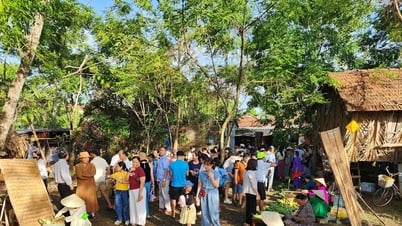



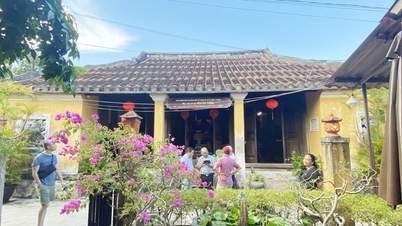
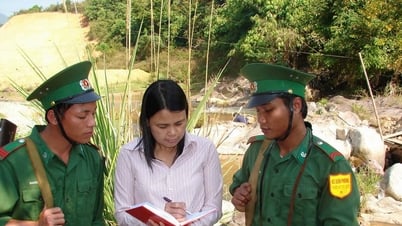




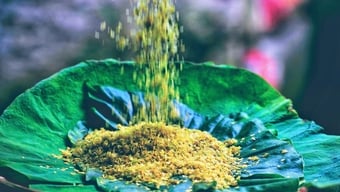














![[Video] Hue Monuments reopen to welcome visitors](https://vphoto.vietnam.vn/thumb/402x226/vietnam/resource/IMAGE/2025/11/05/1762301089171_dung01-05-43-09still013-jpg.webp)

















































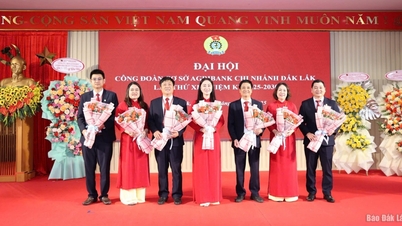



















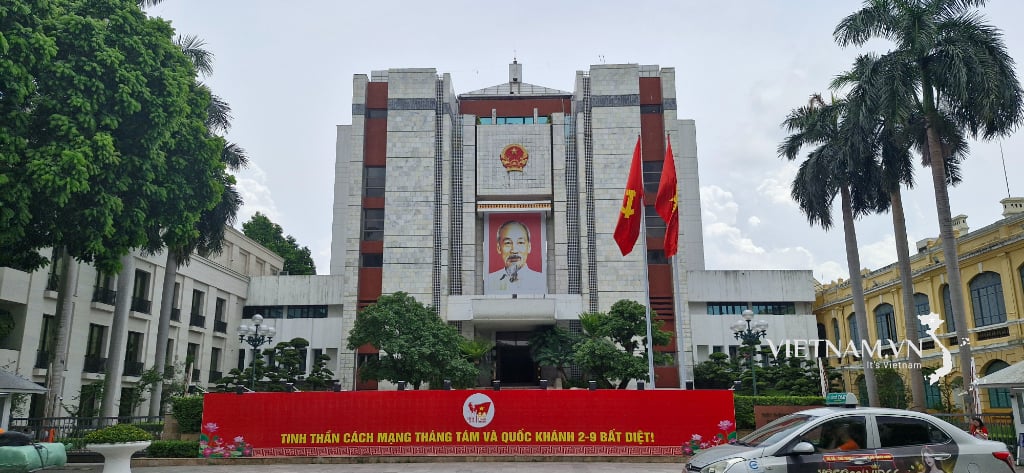
Comment (0)